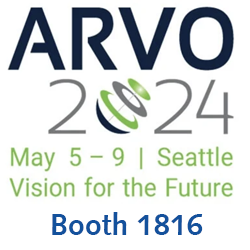Metropsis
Visual Function Assessment for Clinical ResearchA complete toolbox for psychophysical assessment of visual function
Fast, accurate, and more sensitive than standard tests
For normal, defective, paediatric, ageing and low vision populations
‘Beyond providing a set of well-designed and easy to administer tests of vision, the Metropsis system is a powerful tool for researchers. With Katia’s expert guidance, we have created new measurements, and readily integrated the Metropsis into experiments that record EEG.’
Contact us to arrange a personal demo:
See you at ARVO 2024
Booth 1816
to arrange your personal on-line demonstration
Metropsis is ideal for clinical, longitudinal and drug trials:
age-related macular degeneration
glaucoma
diabetes
multiple sclerosis
peripheral visual loss
astigmatic error
cateract
side effects of prescription drugs
dry eye
retinal pigment epithelial atrophy
cardiovascular disease
neurodegenerative disease
genetic role in photo-transduction cascade
typical acquired colour vision deficiencies
normal ageing
exposure to chemicals
ocular hypertension
drusen


